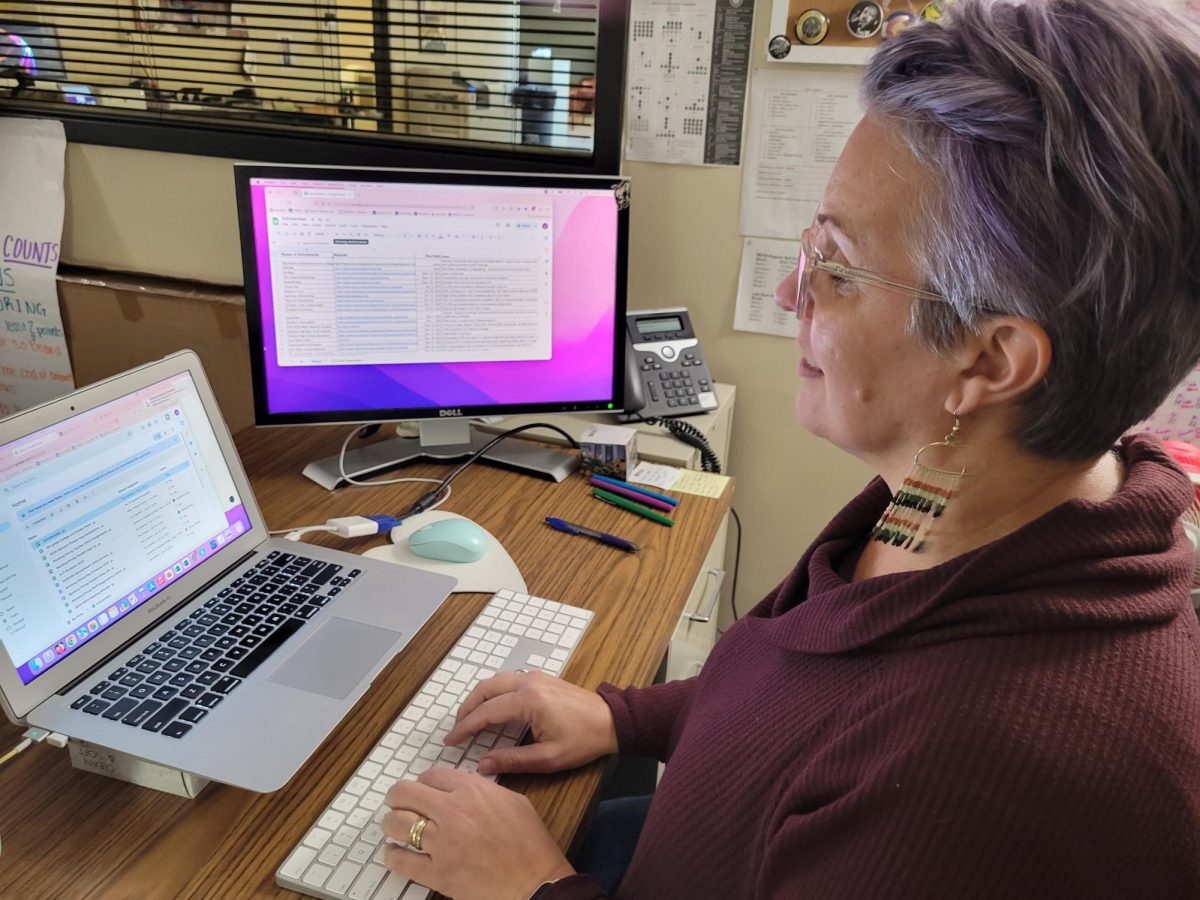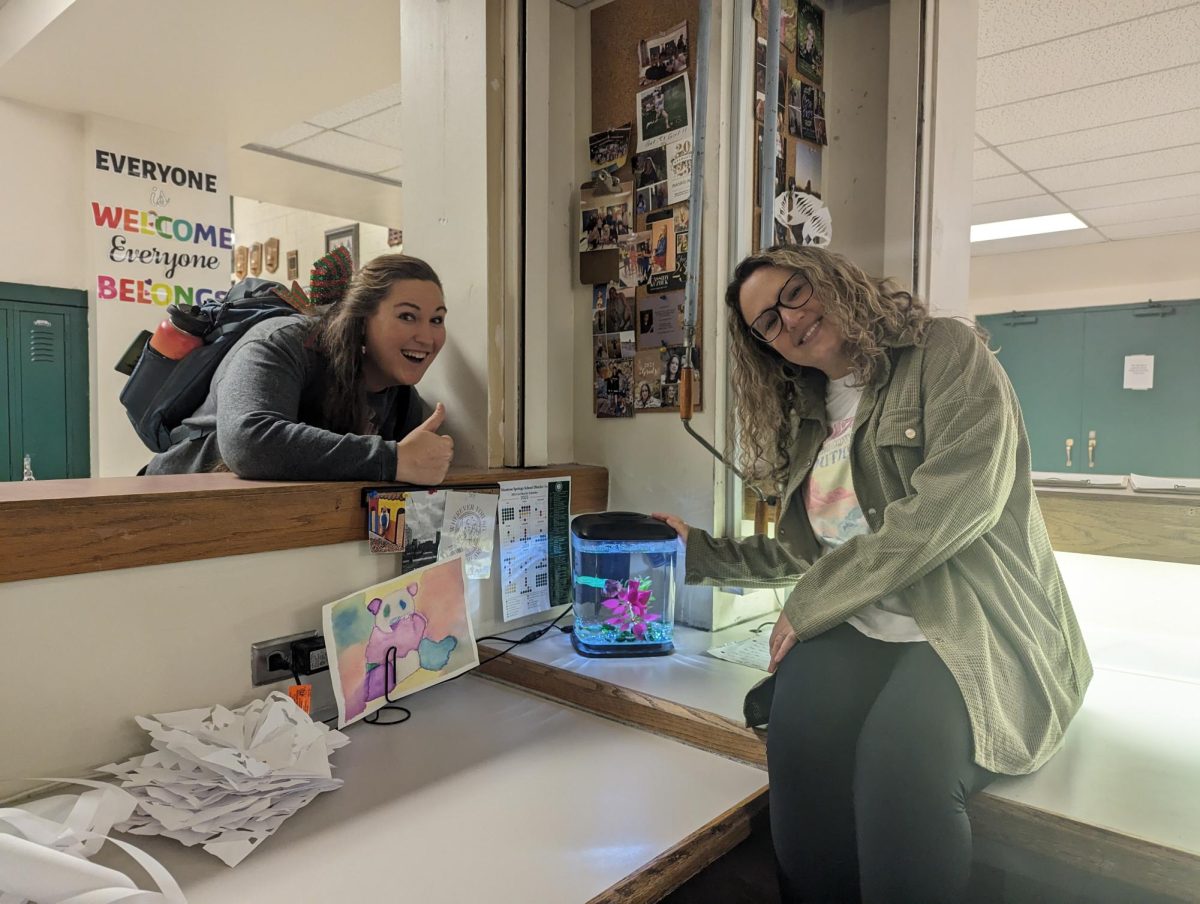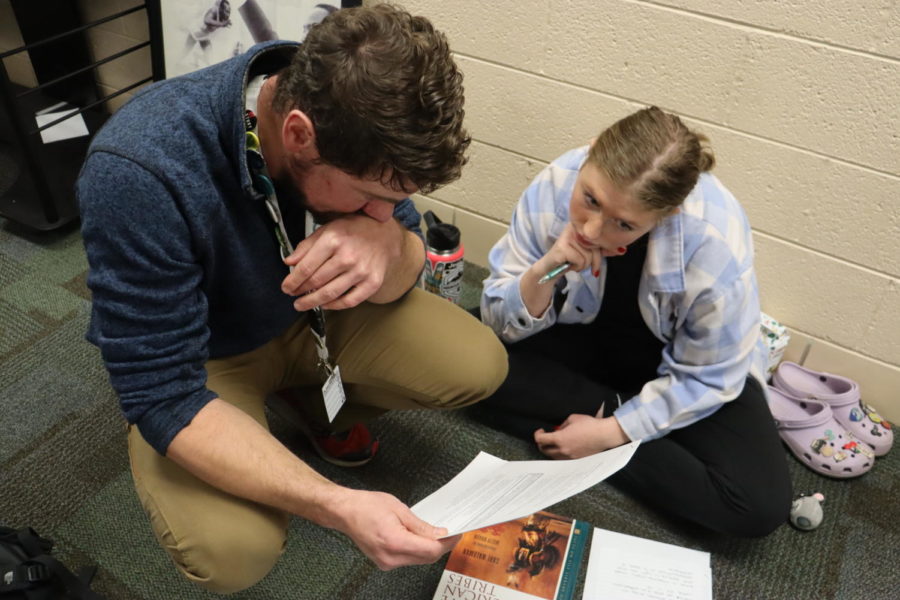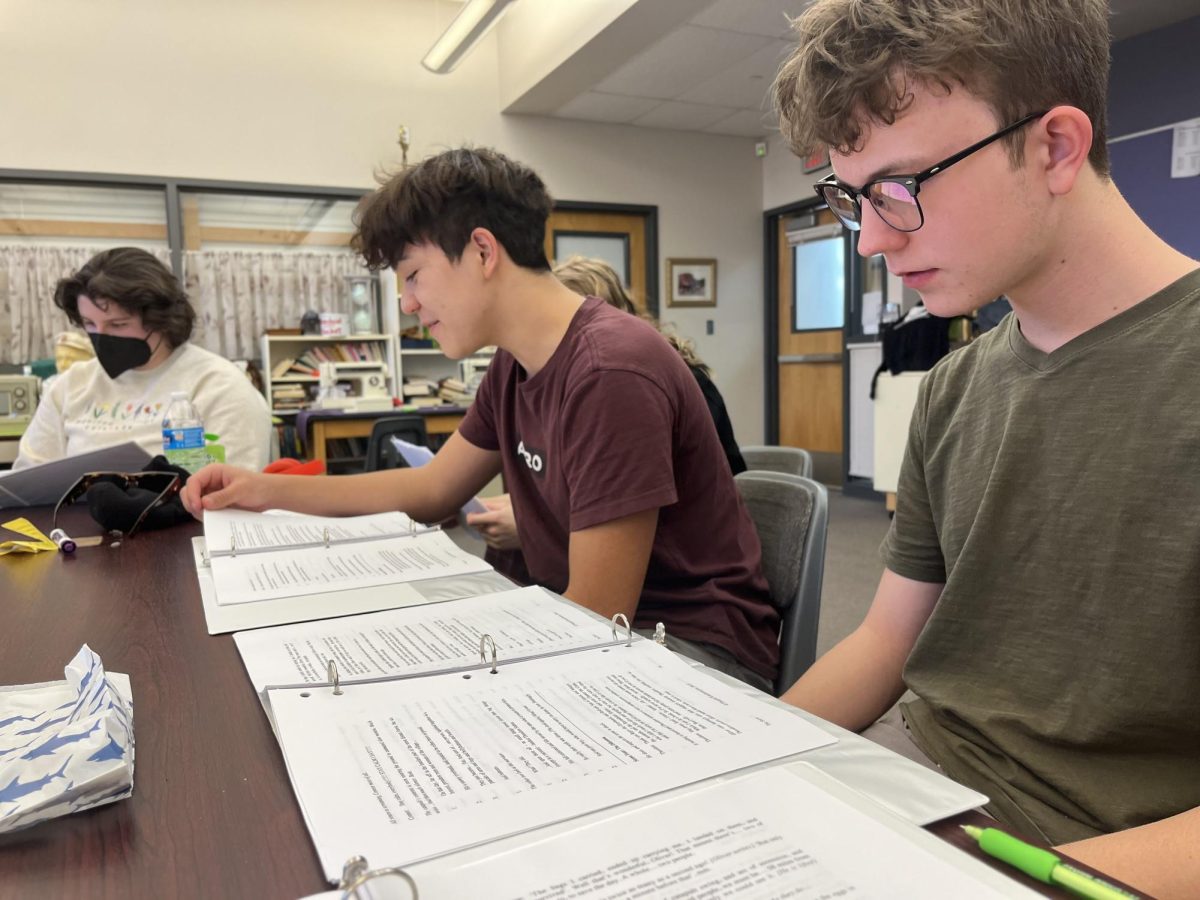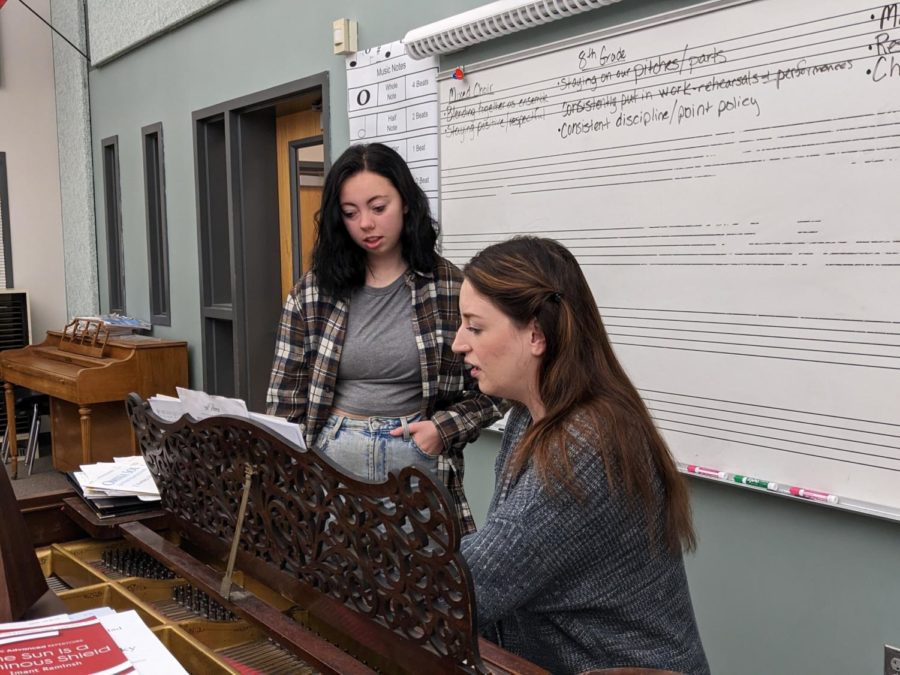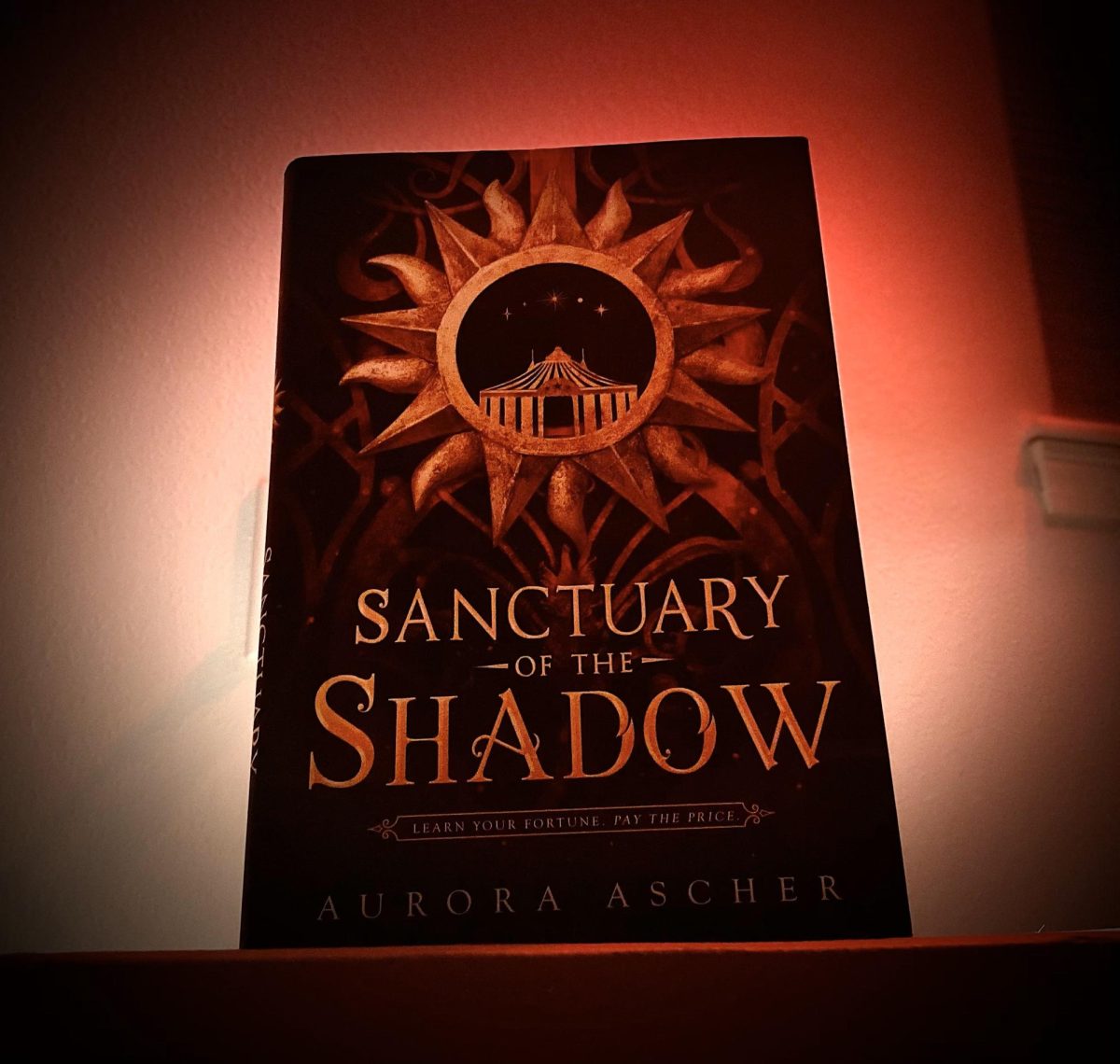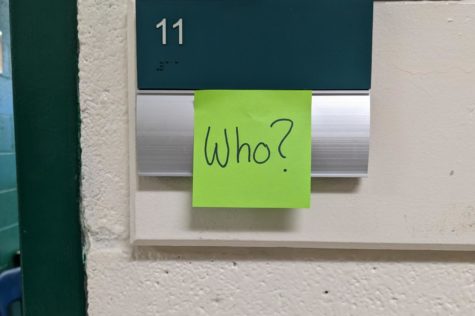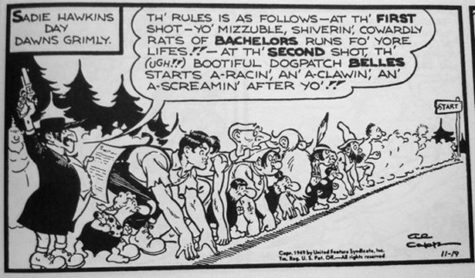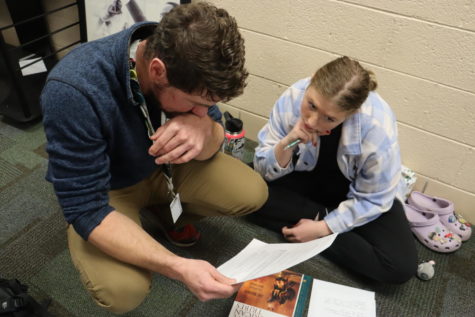PARCC: The Good, the Bad, or the Ugly?
May 5, 2015
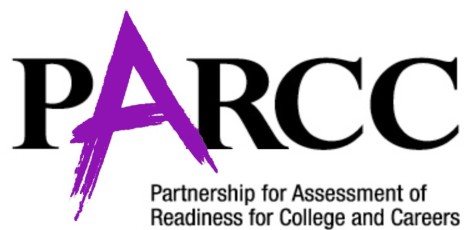
Even though the Manitou Springs High School, as well as numerous other schools and academies across the country, already underwent the first stage of PARCC testing, there is still yet another round of difficult testing.
The PARCC test (Partnership for Assessment of Readiness for College and Careers) was originally created like all other standardized tests to help measure and chart how schools, as well as individual students, are performing, especially to judge if a school deserves further funding. It is a test based on the common core and pertains mostly to vulnerable students who need help.
The first round of testing is the PBA (Performance-Based Assessment), which is given to students about 75% through the school year and tests students’ English literacy skills, ability to analyse texts, and essay writing. The mathematics portion tests concepts and problem solving. The second round is the EOY (End-of-Year assessment) and it is taken 25% further through the school year, hoping to show that students have grown in that short period of time.
Despite the PARCC being portrayed as a “mandatory” test and vital to all students’ success, it is not. It is a test that supposedly tests career-necessary skills, when it is no different than the TCAP or CMAS tests taken in previous years. The fact that few families, as well as students, were uninformed of the optional opt-out displays that this test is not entirely trustworthy. If this test is to deem how students and schools are performing, then is lying the only way that the writers of the PARCC test can persuade students into testing?
It is because of this, as well as the other numerous unfair aspects of the test, that 150,000 students opted out of the math test, and 191,625 students opted out of the English section. The latter portion of this data represents 17% of the 1.1 million students taking the test nationally, spanning from 3rd through 11th grade. Estimatedly, 9-56% of 3rd-11th grade students opted out of the 1.1 million.
Furthermore, the test is taken only twice during the year, at 75% and 90% interval marks of the school year; how would the amount of growth which is expected in this short period of time actually apply? A period of time hardly over two months is not enough time to distinguish growth in a student or school. This brings up another point. Students in elementary, middle, and high school will spend more time taking these tests than an average law student does for their Bar Exam.
Also, because of how late in the school year the PARCC is being given, students are taking the ACT earlier, which is causing dishevel for many students because of its early testing period, and has even lowered college acceptance rates. Along with this, ACT testing periods, AP testing periods, and the PARCC are all compiled into such a short section of time that it will inhibit student performance yet again. A student taking all three of these tests will put in more than 25 hours’ worth of testing.
Even though this test supposedly examines students specifically, it really examines the school as a whole. If this test is supposed to measure the student’s own capabilities and strengths, as well as weaknesses, then why is it instead testing the school? Funding and aiding vulnerable students are the main reasons for the PARCC test. This is beyond all means an indolent reason for schools to make the PARCC mandated. As well, a test like the PARCC, which is testing personal strong suits and weaknesses, should not be testing simple things like grammar, analysis, or math conceptions. Instead, it should be formatted so that students must use general problem solving or philosophy-based thought methods to complete problems.
Aside from this, there has been an debate going on ever since standardized testing was introduced in the 1970s and 80s, pertaining to the “teach to the test” debate. This philosophy is the belief that current teachers have strayed from teaching rich, legitimate knowledge, and have instead begun teaching only information that will allow students to get high scores on standardized tests. The knowledge which is learned at school is commonly taught only so that the learner can succeed at some high-stakes test (like the ACT, SAT, or PARCC), rather than learn for the sake of growing intellectually.
Since the PARCC test is primarily multiple choice, with a few straggling short answers, it limits what critical thinking can be applied, and because of its design, it impedes the performance of English language learners and students with disabilities. Thus, the results gained are not entirely truthful, because they do not fully reflect the aspirations and capabilities of students, nor do they allow impeded students to perform their best.
Donald T. Campbell, who invented Campbell’s Law that is a law born of the teaching-to-the-test philosophy, said, “The more any quantitative social indicator (or even some qualitative indicator) is used for social decision-making, the more subject it will be to corruption pressures and the more apt it will be to distort and corrupt the social processes it is intended to monitor.” He believed that teaching should never be centered on the test, but rather focused on the knowledge upon which education is based, and making learners passionate about creating a life of knowledge.
With the PARCC appearing for a second time, and with thousands nationwide protesting its presence, what will eventually become of the PARCC?



